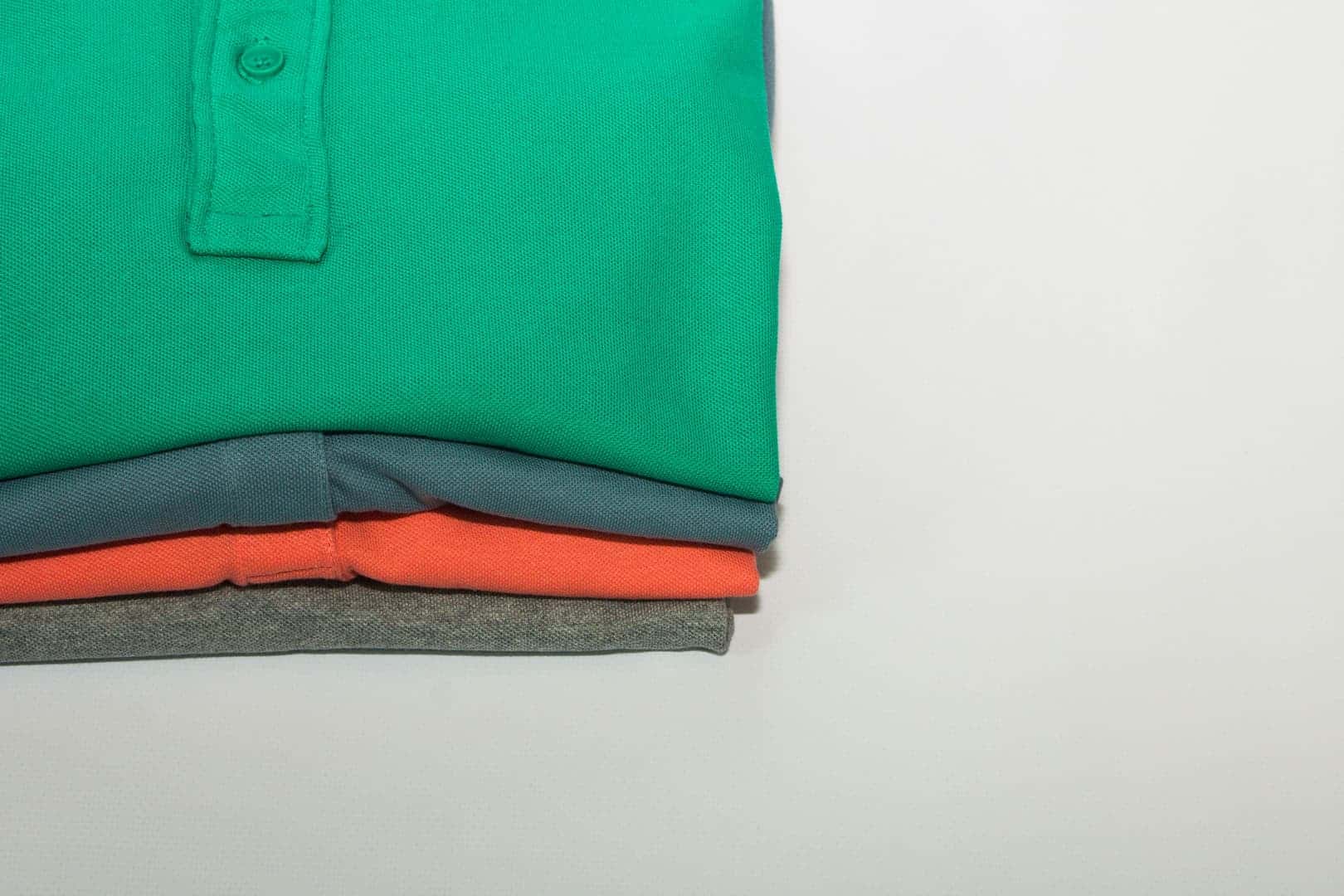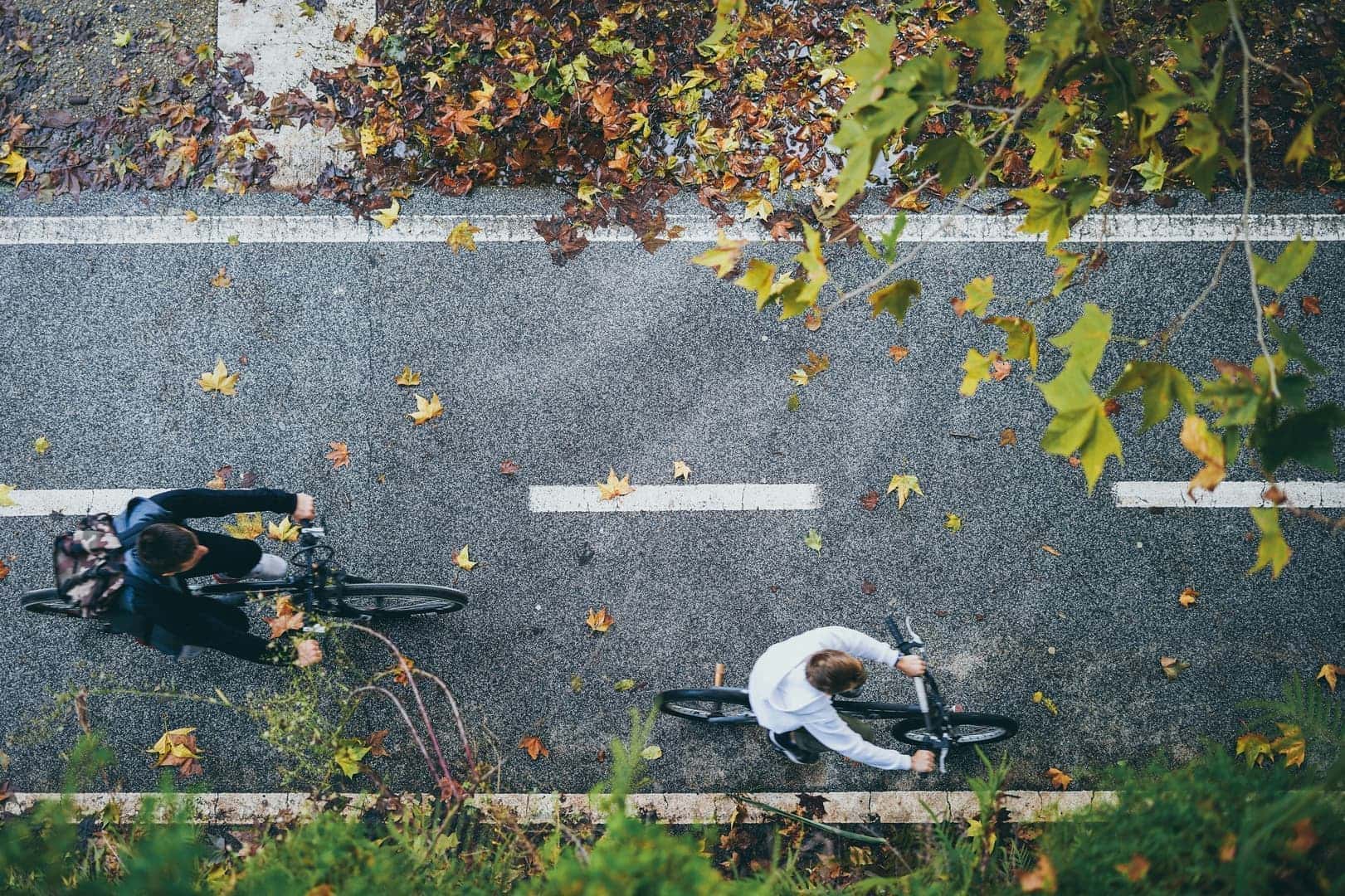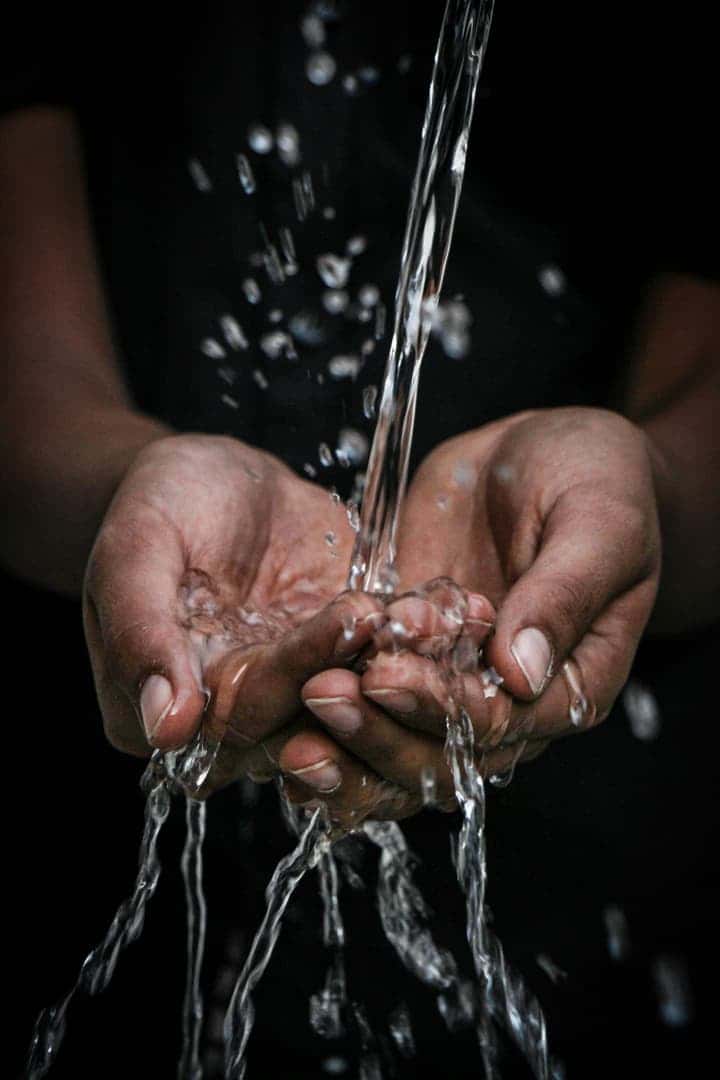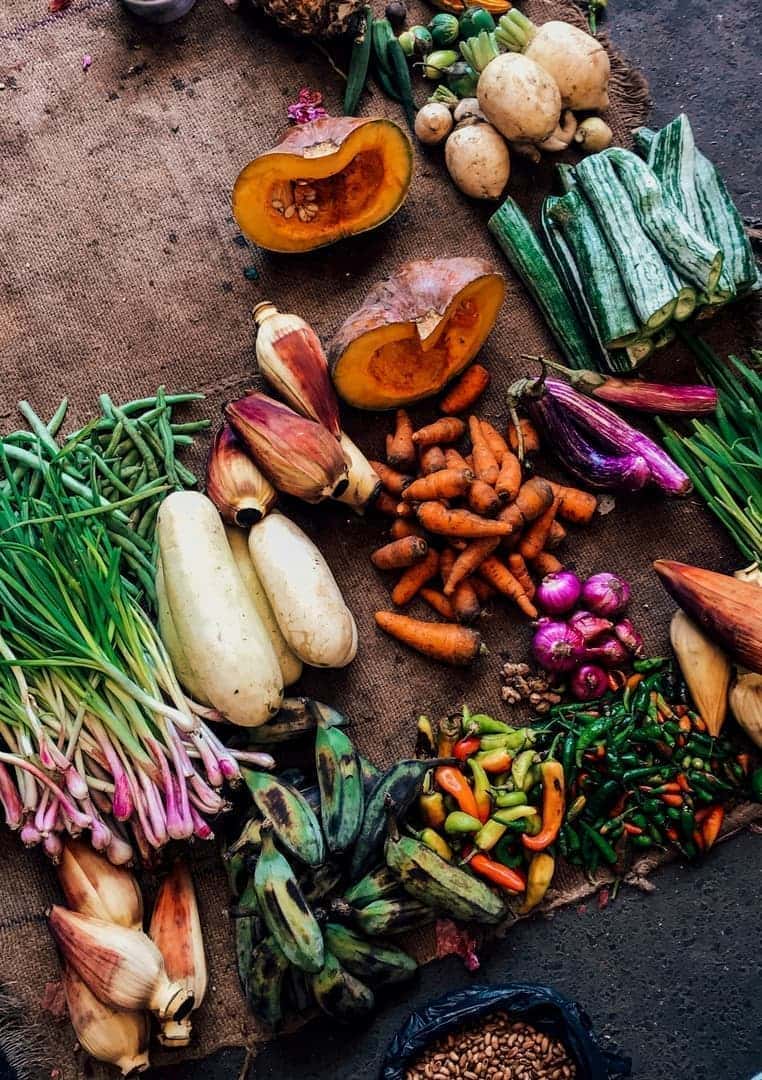
Reconnecting with Nature in the City: 5 Simple Ways to Make It Happen
Living in a city doesn't mean living apart from nature. Amid noise, screens, and constant motion, we often forget that life still thrives all around us. In 2025, urban biophilia inspires new ways to slow down, breathe, and feel connected again.
1. Bring greenery home
Even a tiny balcony can host life: herbs, flowering plants, and pollinator-friendly species attract bees and butterflies. Window gardens are blooming across Europe's cities. Choose resilient plants like pothos or snake plants for low-light apartments and enjoy the benefits of cleaner indoor air.
2. Slow walks, no screens
Walk aimlessly in a park or quiet street. Simply looking at trees lowers heart rate and boosts focus. Studies from 2024 show just ten minutes of 'nature exposure' reduces stress significantly. For more ways to embrace mindful movement, explore our tips on reducing stress with green routines.
3. Watch the city wildlife
Robins, sparrows, hedgehogs, even foxes — urban biodiversity is alive. Join citizen science programs like BirdLab or iNaturalist to help track and protect species. Urban green spaces, even small ones, host surprising wildlife. Every observation matters.
4. Seek natural light
Open curtains, let daylight in. Autumn's gentle morning sun lifts mood and supports better sleep cycles. Natural light regulates circadian rhythms and boosts vitamin D levels. For more on optimizing light at home, see our guide on autumn lighting tips.
5. Take a digital break
Replace your evening scroll with a walk, watering plants, or journaling. This quiet ritual restores focus and appreciation for small details. Disconnecting from screens helps us reconnect with the world around us — and with ourselves.
Conclusion: Reconnecting with nature doesn't require a forest or a field — only attention. Even in the heart of a city, life continues around us, quietly reminding us that we belong to it. Start with one small habit: a plant on your windowsill, a walk without headphones, or ten minutes of morning sunlight. These moments add up to something bigger — a renewed sense of wonder and belonging.
About the author:
Alexandre Dubois is a European sustainability enthusiast who shares practical, tested tips for everyday life. From saving on household energy to reducing waste, he focuses on simple changes that deliver real impact. He writes from personal experience, testing solutions in his own home before recommending them. Contact: info@greendailyfix.com
Related posts

Sustainable Fashion 2025: How to Dress Without Harming the Planet
Every year, the world produces over 100 billion garments — and more than half end up unused or discarded. In 2025, sustainable fashion is no longer a niche trend but an environmental and economic necessity. Here's how to dress consciously without giving up style.

Moving smarter: bike, carpool, train — greener travel habits for 2025
Mobility is changing fast. With fuel prices rising and awareness growing, Europeans are reinventing daily travel. Fewer cars, more sharing, more trains: here's how to move smarter, cheaper, and cleaner in 2025.

Water, the Blue Gold: 7 Simple Habits to Save Without Sacrificing Comfort
In Europe, each household still uses around 140 liters of water per person per day. Yet most of it can be saved without giving up comfort. Here are seven practical, easy-to-adopt habits to cut your bill and protect this vital resource.

Seasonal Organic Baskets: Saving Money, Eating Better, and Doing Good
With rising food prices and a renewed focus on health, local organic baskets are making a comeback. Weekly boxes from nearby farms deliver fresh, seasonal produce straight to your kitchen — less packaging, less transport, often at a lower cost than supermarkets. But are they truly worth it? And how do you find the right one?